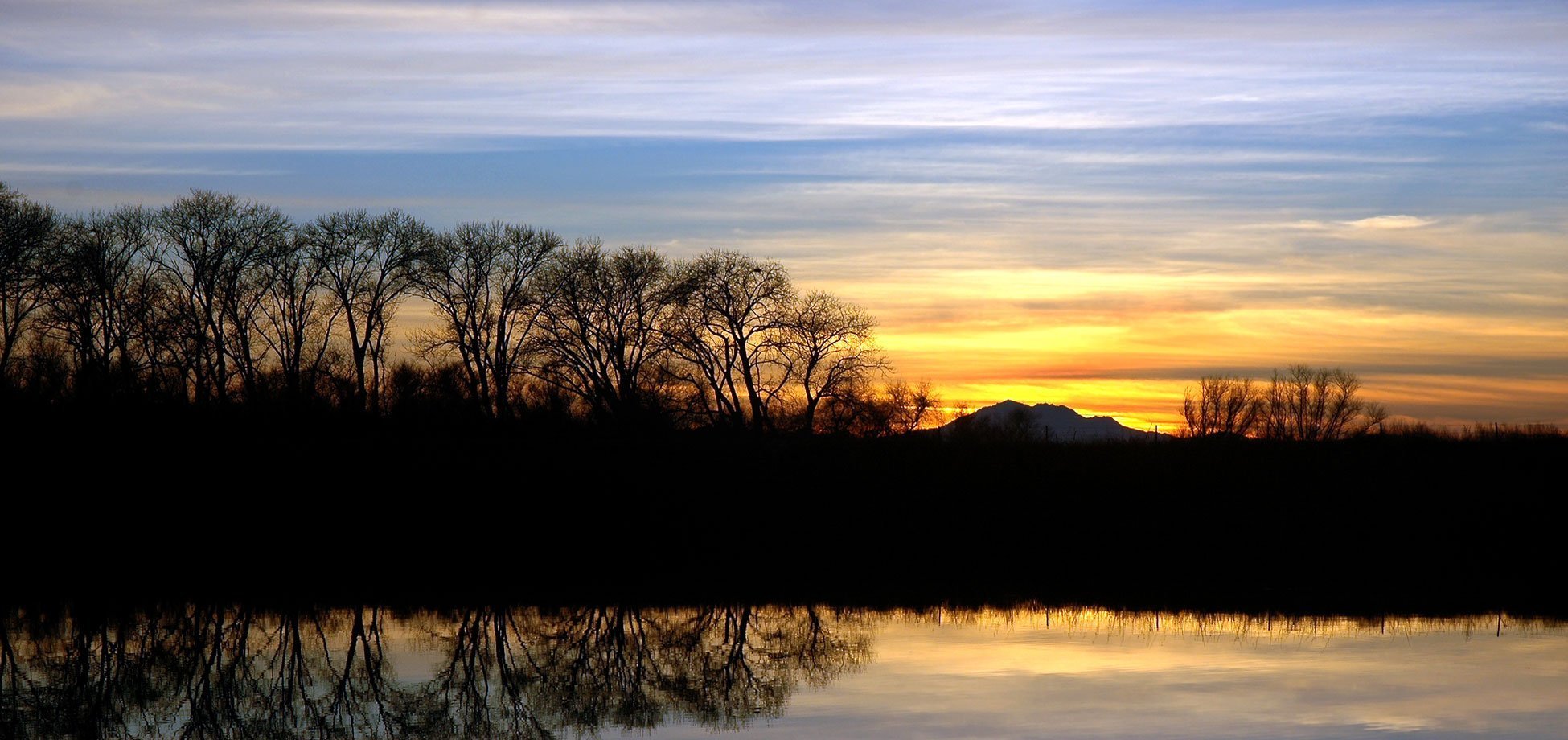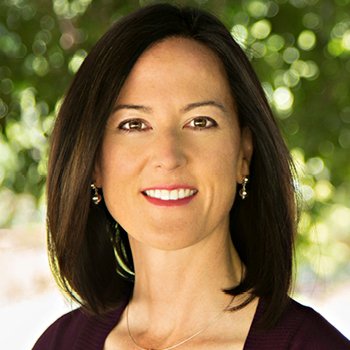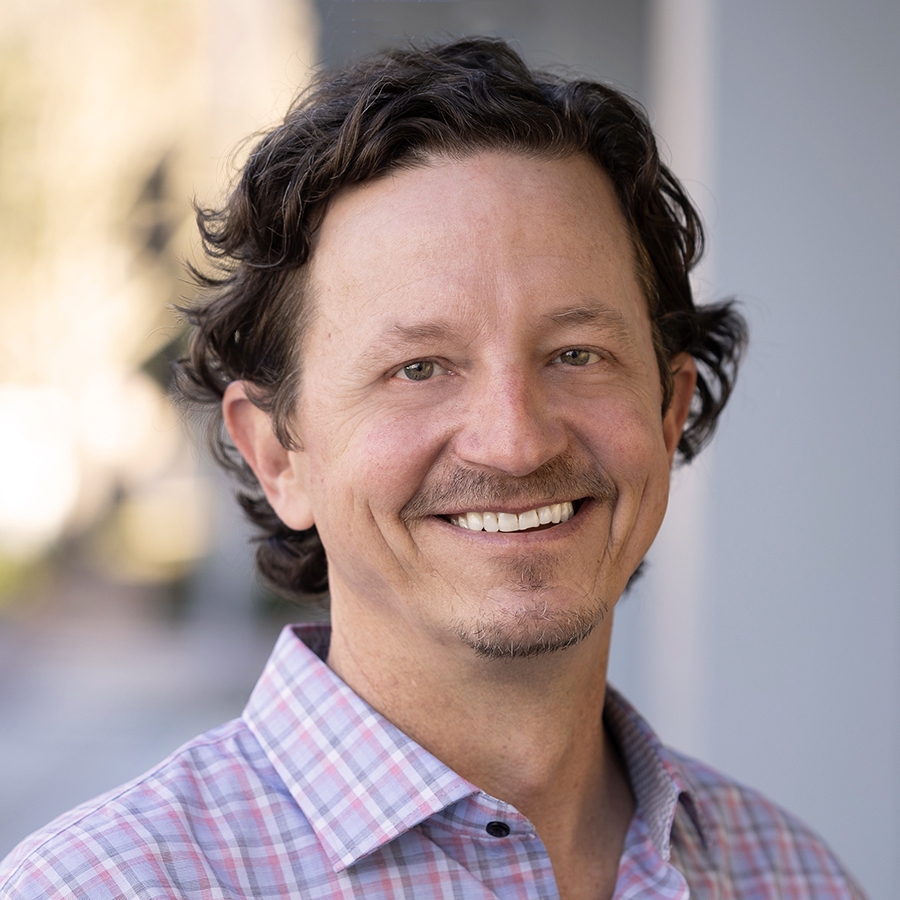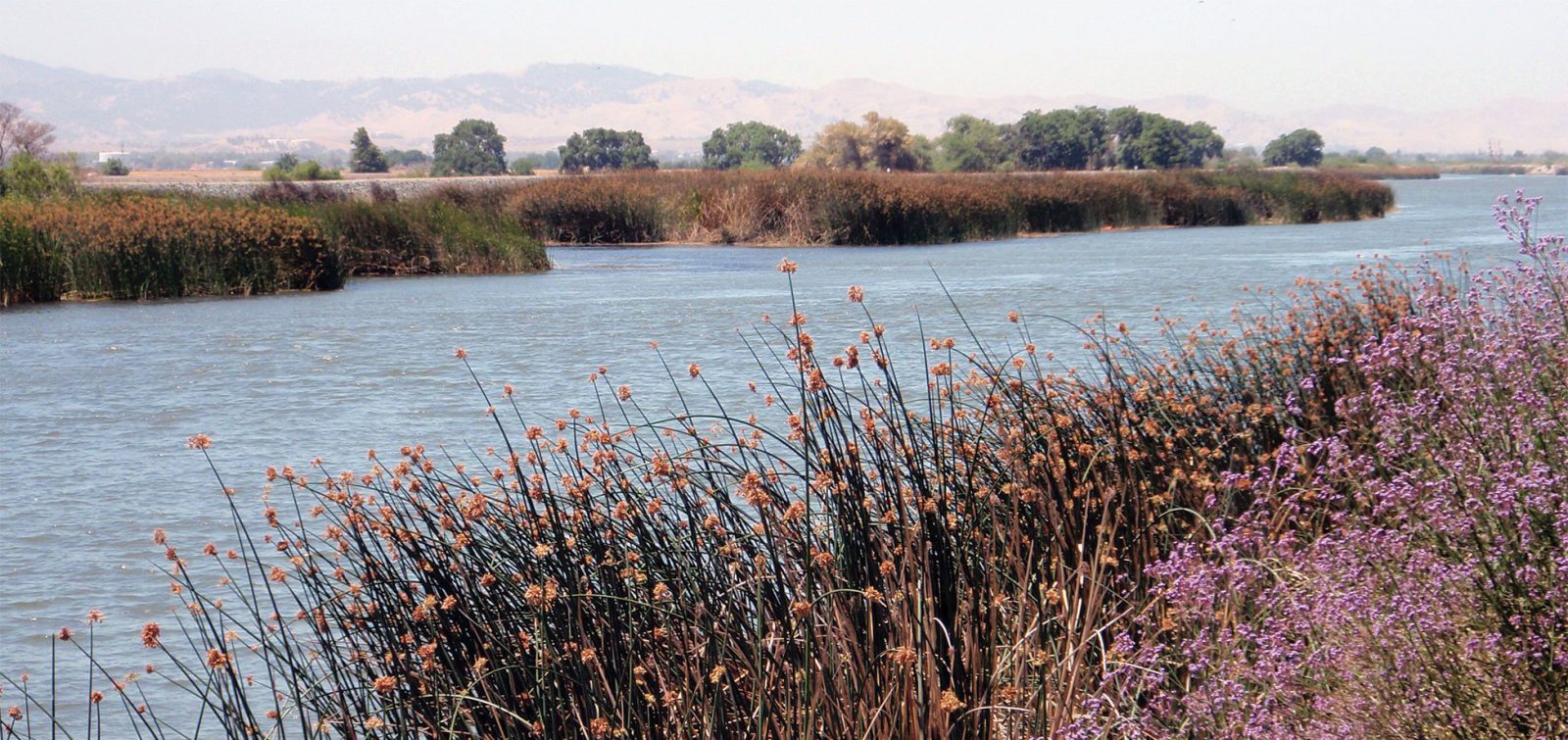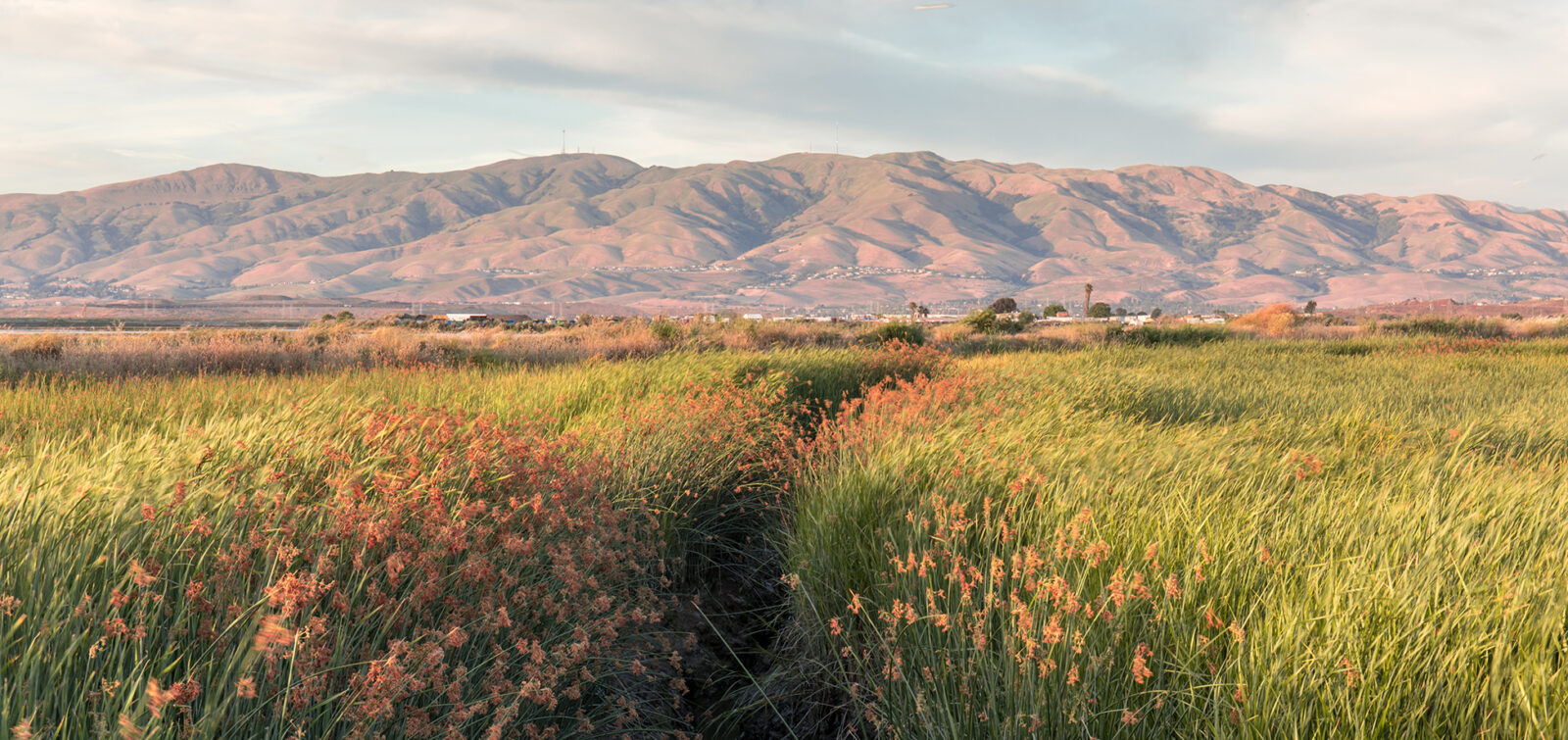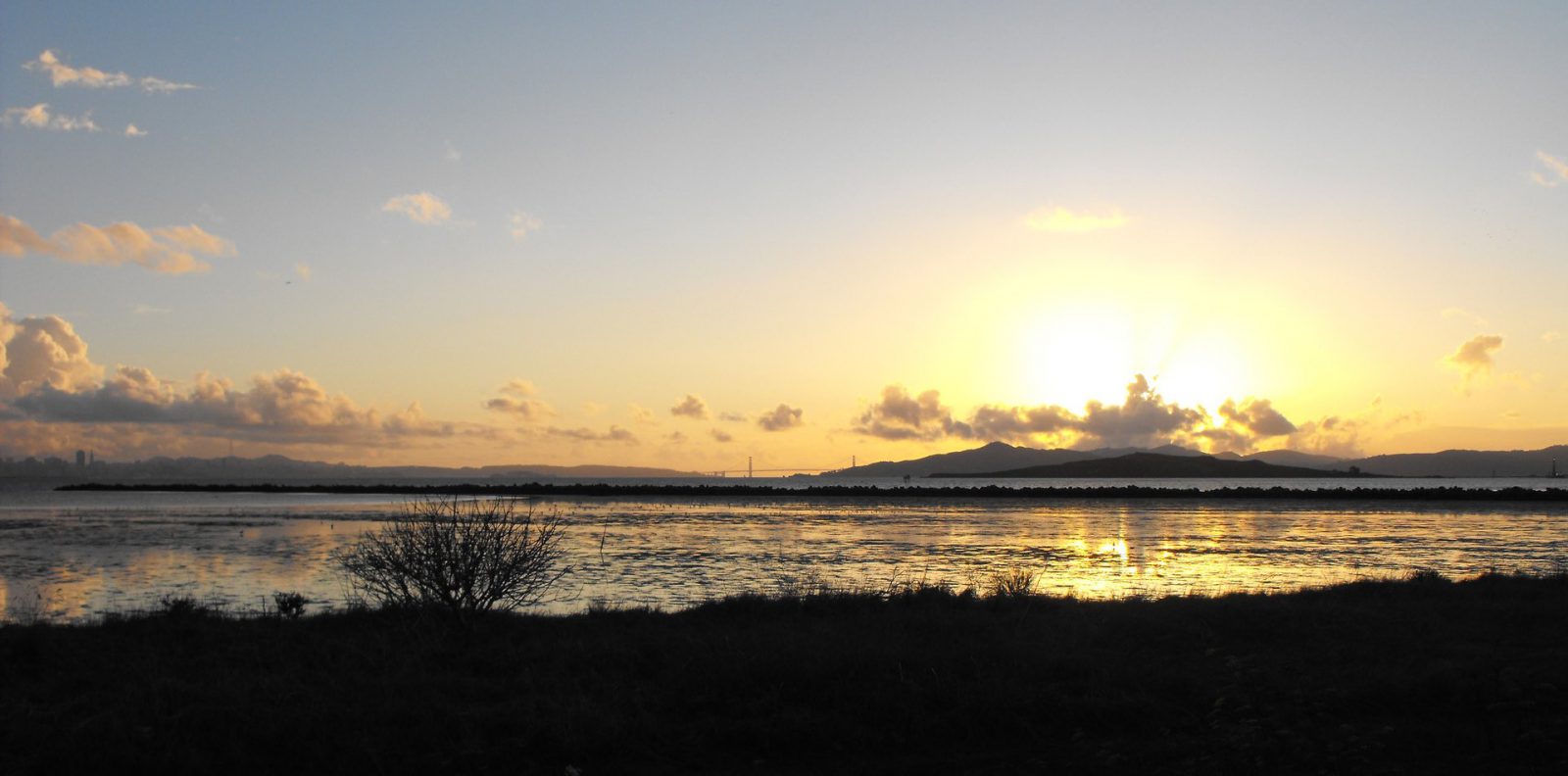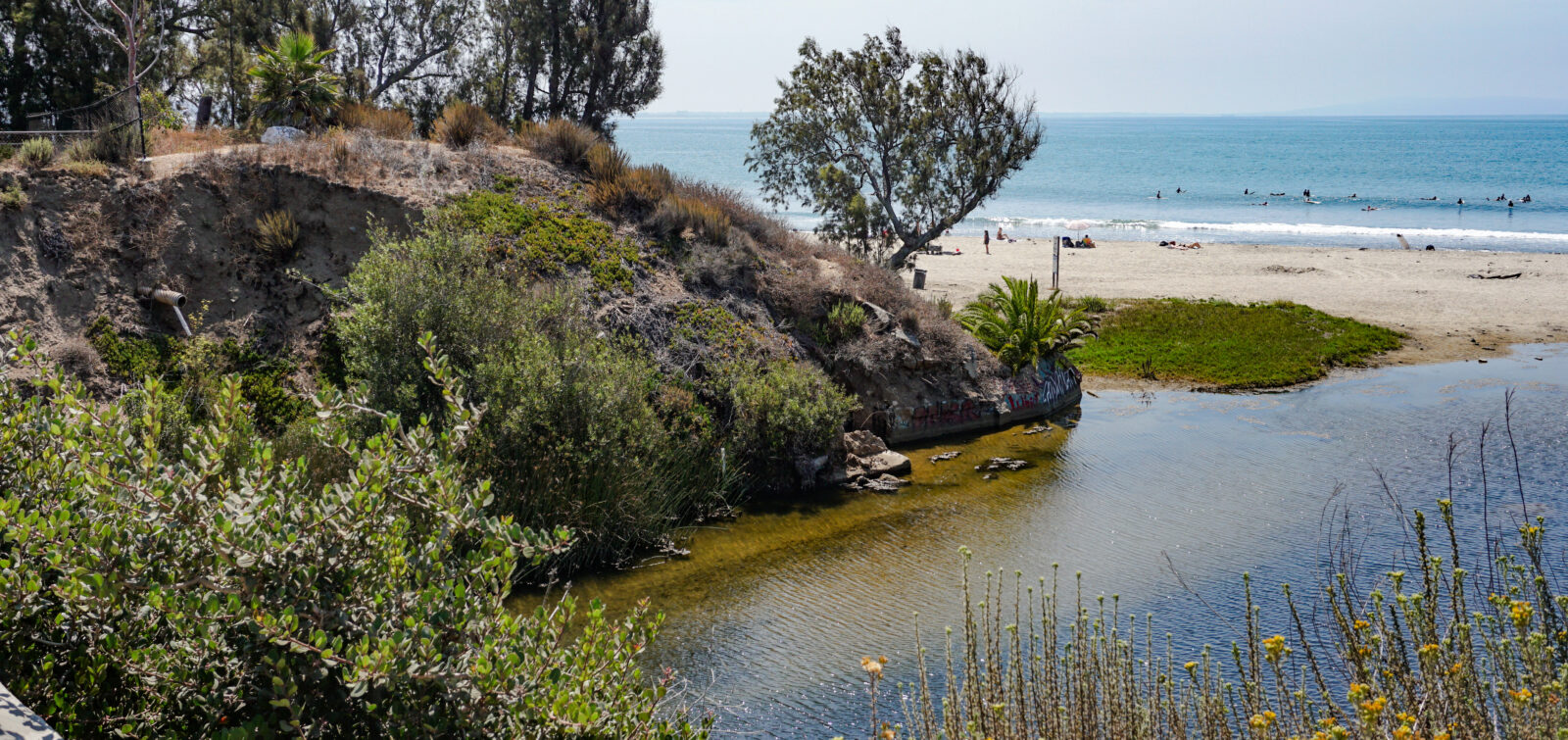An interview with Bill Harrell, California Department of Water Resources (DWR), and Erika Lovejoy, Sustainable Conservation, on accelerating restoration projects in California.
As habitat restoration projects face limited resources and competing demands, it has become increasingly difficult for these projects to make their way through California’s regulatory process. It’s not uncommon for projects to sit in the planning and permitting phases for many years. Enter programs like EcoRestore (DWR) and Accelerating Restoration (Sustainable Conservation), which are working toward solutions to usher these projects to completion so they can make a difference and aid in the recovery of ecosystems and species throughout the state.
Sustainable Conservation helps restoration champions become part of the solution by working with state and federal agencies to ease one of the major obstacles to getting beneficial restoration done: permitting.
Developing simplified permits helps restoration advocates move forward to restore streams, rebuild habitat and reduce soil erosion to boost clean water and wildlife without sacrificing critical environmental protections.
In its effort to strengthen the Delta ecosystem, EcoRestore maintains a portfolio of about 30 restoration projects, ranging from tidal wetlands projects to fish passage improvements to multi-benefit projects. EcoRestore is focused on completing these projects in a more timely and cost-effective manner. Through its Accelerating Conservation program, Sustainable Conservation collaborates with regulatory agencies and restoration proponents to create policy and incentives to make completing critically needed restoration projects throughout California easier, faster, and less expensive. This is one method that could be used by EcoRestore.
ESA’s Senior Fisheries Program Manager Chris Fitzer and Senior Restoration Ecology Program Manager Ramona Swenson recently sat down with EcoRestore Program Chief Bill Harrell and Accelerating Restoration Program Director Erika Lovejoy for a candid conversation on working together to advance restoration.
ESA: Erika, can you tell us a bit about the Habitat Restoration and Enhancement Act and the National Oceanic and Atmospheric Administration (NOAA) Fisheries programmatic Biological Opinions (BOs) in which Sustainable Conservation has been involved?

California ECORestore is an initiative to help coordinate and advance at least 30,000 acres of critical habitat restoration in Sacramento – San Jaquin Delta (Delta) by 2020.
Driven by world-class science, guided by adaptive management, and implemented through multi-agency coordination and management, California ECORestore will aggressively pursue habitat restoration projects with clearly defined goals, measurable objectives, and financial resources, to help ensure success.
Erika Lovejoy (EL): Sure. Many people might not understand that restoration projects have to go through the exact same process as a typical development to obtain authorizations from multiple, different agencies. There is no distinction at this juncture as to how these projects are regulated, and it can take an awful lot of time and money, and require navigating very complex processes, for someone trying to get a restoration project done.
So, we’ve worked quite a bit in partnership with agencies on creating more efficient mechanisms, sometimes through existing regulatory authorities and sometimes through legislation, to simplify and expedite the process while still making sure that all the essential environmental protections are in place.
NOAA has been a leader in this area as far as agencies go. We have worked with them to develop programmatic BOs, essentially programmatic authorizations, to cover Section 7 of the federal Endangered Species Act for threatened and endangered anadromous fish in California.
Following that, we went to the California Coastal Commission and helped the NOAA Restoration Center acquire a consistency determination (CD) for their BOs. This means that folks who work with NOAA don’t need to get a separate authorization from the California Coastal Commission to work in coastal areas, resulting in significant time and money savings for both agency staff and project proponents.
In fact, the NOAA Restoration Center in Arcata produced a white paper that estimates taxpayers can save tens of thousands of dollars per project by using their programmatic BOs. And that doesn’t even account for the cost savings if the Coastal Commission CD is needed, which ramps up the savings even more. The money saved is a direct result of less time needed for agency staff and hired consultants to complete the administrative part of the permitting process. That equates to faster project implementation with more money for on-the-ground work. We also worked with the California Department of Fish and Wildlife (CDFW) on legislation in 2014 called the Habitat Restoration and Enhancement Act, to help move forward smaller-scale projects—projects of five acres or less. These projects include fish-passage-barrier removal and stream habitat restoration.
While this program is still relatively new, it’s becoming very successful, creating additional coordination with another of our agencies here in California, the State Water Resources Control Board, which has a similar permit for small-scale projects. These projects can now be authorized by CDFW within 30 to 60 days, depending on the specific details of the project.
ESA: That’s very promising. Bill, what success has EcoRestore seen and what are some of your top priorities for the near term?
Bill Harrell (BH): Since EcoRestore was launched in 2015, we’ve made significant progress toward meeting our goals. The first project counting toward our 9,000-acres tidal wetland target broke ground in 2016, and by the end of the 2020 we expect to have nearly all planned tidal wetland projects under construction or completed. We are making great progress in addressing fish passage issues affecting our endangered salmon populations as well, with three out of five projects completed. As long-standing projects are moving toward construction, DWR can prioritize multibenefit approaches to plan both flood and habitat benefits as one project.
Our top priority is to see that EcoRestore projects make it through the many hurdles inherent in the planning process, and ultimately get to construction.
ESA: Are you seeing the results you expected with these projects?
BH: Since construction, the ecological functions of the sites have been meeting our stated goals. A lot of work is going into management and coordination at this point, using many different project-delivery models. Communication and coordination between our own agency and our permitting agencies are absolutely critical. Part of ensuring the Department [DWR] and these efforts are set up for success is good planning. We’re also working on long-term management plans and how we can manage multiple projects together to save resources and make sure they’re all functioning.
ESA: Wonderful. And, Erika, where are Accelerating Restoration’s efforts directed in the near term?
EL: Right now, we’re working on developing statewide programmatic authorizations with other state and federal agencies in California, similar to what has been done with NOAA. This is a high-priority effort and the idea is that working in collaboration with the agencies to develop these coordinated authorizations will create a more efficient process with more regulatory certainty to make sure these critically needed, environmentally beneficial projects get done.
ESA: With regulatory permitting being a challenge to advancing restoration projects, what tools do you use to streamline this process?
BH: For EcoRestore, we have to get permits early in the process from all the agencies as if we were building a commercial development. Restoration projects have the exact same permitting challenges, but in a lot of cases these requirements are not designed for these types of projects. When regulatory agencies first developed these permits, they were likely thinking about buildings and infrastructure projects, not wetlands.
What we’re doing right now is encouraging information, consultation, and coordination early on with regulatory staff. For example, we embed them in our programs. In our Fish Restoration Program, we actually have an agreement with CDFW. It’s signed by both directors and allows us to fund some of their staff to prioritize our projects. This way, when those permits land on somebody’s desk, they’re not landing there cold. They understand the restoration planning efforts, and that helps facilitate getting those permits through the pipeline a bit quicker.
EL: One effort that will help move these projects forward a little more quickly with more reassurance is the issuance of the NOAA biological opinion for restoration in the Central Valley (including the Delta), which was published just recently. This will affect EcoRestore projects, along with many others that are being proposed in the Delta and Central Valley to restore fisheries and aquatic ecosystems.
ESA: Is there a high-level strategy you’re considering as we deal with things like climate change, sea-level rise, and the need for multi-benefit projects?
EL: Yes, the bottom line is that we’ve got these major environmental pressures occurring with climate change and species on the brink of extinction. It’s going to take a concerted effort from the agencies, and especially from leadership, to help them empower their staff to do things a little bit differently. Again, as Bill said, the enabling legislation out there―the Clean Water Act, Endangered Species Act—does not have a mechanism in place to restore habitat and to recover species in a real expedited and meaningful way.
Regulatory staff are under a lot of pressure—they’ve got heavy workloads and mandates to follow—and they need ways to be able to approach these projects differently. Overall, putting restoration on a separate permitting track, I think, is going to be a key part of getting projects done. Can the agencies sit down together and maybe create another framework to really move these projects forward? That’s a big part of it. Maybe there needs to be some policy changes to help do that. There needs to be directives from the agency leadership to the staff on prioritization and trying new approaches.
One of the mechanisms that we’ve tried to use is programmatic permits to create these authorizations that are focused toward restoration. We need a paradigm shift to help get restoration done now, not ten or twenty years from now, by putting restoration on a separate permitting track than development.
ESA: It’s interesting—in some ways, we’re not asking to try to undo or change fundamental legislation, but rather create processes for these special cases that people embrace and recognize this is a common goal.
EL: Right. Well, more like recognizing that the outcomes are going to create a net environmental benefit. And by creating these mechanisms, you help the agencies to meet their missions and goals of restoring habitat and recovering species. It enables the agencies to do that and to leverage partnerships with landowners and with other agencies, other project proponents like DWR, to get these projects done. It’s changing the lens at how they look at these partnerships. There’s huge opportunity, especially with DWR being very progressive about trying to move these really important projects forward.
ESA: Do you find that kind of creates a momentum for more collaborations and partnerships?
EL: Absolutely. I mean, the next level is partnering more with landowners. And another part of the bigger picture is creating more incentives that make it easier to get the projects done. These could be tax incentives or other incentives for landowners to work with the agencies in leveraging the potential funding or other in-kind contributions that they can put in.
ESA: What do you think are the biggest technical challenges in terms of restoration?
BH: To me, the biggest challenge that we face today seems less technical and more political and philosophical in terms of climate change and sea-level rise accommodation. In the Bay-Delta, for many years, there’s been a fear of moving some of these projects forward. We mentioned earlier that some of these have been on the books for 10 years, and they had gone nowhere until recently. Part of that fear is not having perfect information, especially from the regulatory perspective. We know climate change and sea-level rise are going to affect us all; it’s not just isolated to these projects.
ESA: Then what about multi-benefit projects that also consider flood, water supply, groundwater recharge, and other elements?
BH: Tidal wetlands in the Delta region help provide some buffers to sea-level rise. For example, on our Dutch Slough Project, in the eastern part of the Delta, we have a new housing development going in right behind the project. The restoration of thousands of acres there is actually going to help absorb some of that tidal energy in that part of the system. The project will help provide a buffer to those areas.
Like Erika said earlier, we can’t allow the uncertainty to create a no-action scenario. We’ve got to complete these projects now. We can’t keep waiting. We need to continue to work with the best available science and the best available technical information to develop clear goals and objectives that are manageable and continue to incorporate the lessons that we’ve learned.
ESA: Things can be unpredictable and do change over time. It would be great if the agencies could come up with a set of standard conditions, so if we learn new information after a project’s initial implementation is done, and we want to adapt our approach, we don’t have to start an entirely new planning and permitting process.
BH: We do have some adaptive management plans built into our permits now to allow some flexibility. Those are part of the biological opinion: Here’s what we think is going to happen, here are the expected outcomes. If that doesn’t happen, here are some of the management actions we can take to rectify that, change it.
ESA: What about challenges related to funding? We’ve heard that oftentimes the funding provides for the up-front capital cost of designing, planning, permitting, and building the project. But it can be difficult to have a longer-term funding provision that would allow for future monitoring, and even more so, for adaptive management.
BH: Yes, funding, especially for long-term operations and maintenance (O&M), is a challenge, particularly with some of our projects that are funded by general obligation bonds. Those projects go through a process and they get vetted and accepted, and they are then issued a grant to go do the project. But that’s just to build the project, right? Then what happens? You’re sitting there with a project that’s built, and there’s virtually no money available for O&M due to the nature of bond law. That’s a huge issue. One of the things we’ve been doing is trying to get general obligation bonds that allow a certain percentage of that money to go into an endowment or a long-term O&M plan so that we can make those changes.
EL: Right, even if you get all these permits in place, and then hopefully get the political will to help empower staff and change the framework and put restoration projects on a separate permitting track, we still need the money in the long run to get the projects done, have the adaptive management, do the monitoring that’s required, and continue on the path of meeting everybody’s common missions and goals.
So, I think in the future, look for really progressive funding strategies. Like, if you look at the Measure AA tax in the San Francisco Bay Area, something where the citizenry can vote on, “Hey, would we be willing to put up half a cent or something?” I think most people are willing to put forward a little bit of change to help ensure the long-term health of our state.
But the bottom line is, I think a much greater common interest is growing with the whole entire public. We want clean water. We want species to thrive. We want to have recreation near healthy wetlands and rivers.
